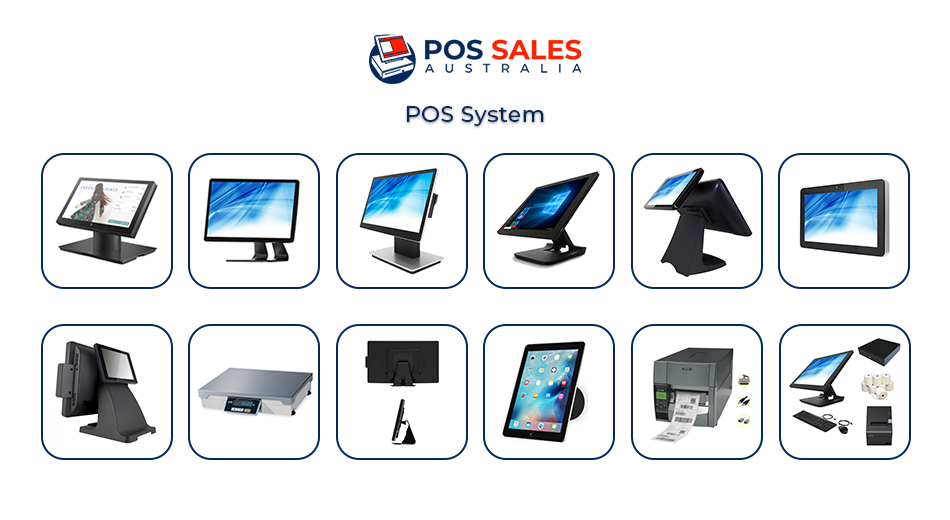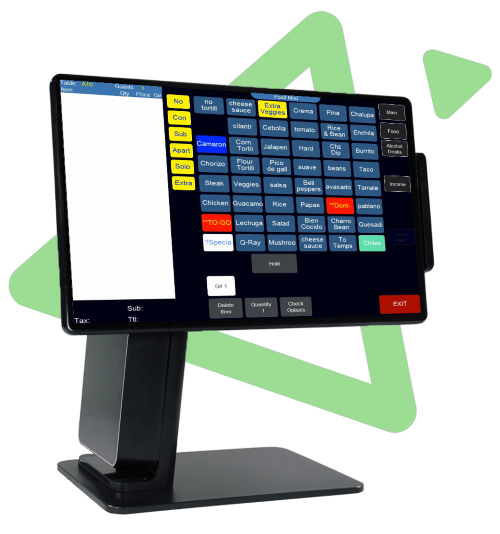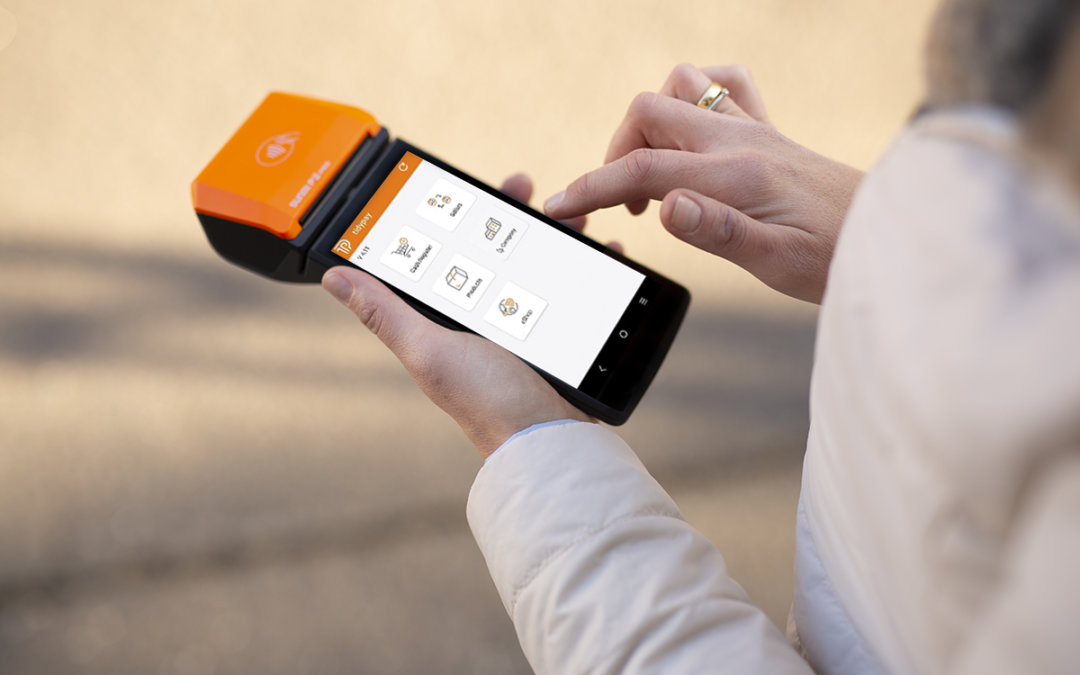Maximize margins using Restaurant POS Software in decision-making workflows
Wiki Article
Exactly How POS System Works: A Comprehensive Overview for Company Owners

Understanding the Parts of a POS System

Just How Sales Purchases Are Refined
When a consumer determines to buy, the sales purchase initiates a series of systematic actions within the POS system. The cashier inputs the items being bought, which are checked via a barcode reader or manually gone into. This action gets item information, consisting of rates and applicable taxes, from the system's database.Next, the customer exists with the total amount due. The POS system then processes the payment, whether with cash money, charge card, or mobile payment approaches (Restaurant POS Software). For electronic settlements, the POS firmly communicates with repayment cpus to accredit and confirm the transaction.Once the payment is validated, the system generates a receipt, which can be published or sent out digitally. This receipt serves as evidence of purchase for the client. Ultimately, the transaction data is recorded in the system, making certain exact sales documents and monetary monitoring for the serviceInventory Administration and Monitoring

Reliable supply administration and tracking are important parts of a POS system, as they assure that services keep excellent supply levels and decrease disparities. A robust POS system allows for real-time supply updates, showing returns and sales instantly. This enables local business owner to keep track of stock levels precisely, ensuring that prominent things are conveniently available while stopping overstocking of much less prominent products.Additionally, progressed POS systems supply features such as automated stock notifies and reorder pointers, improving the procurement procedure. Barcoding and RFID technology boost accuracy in tracking supply movement, lowering human error. Considerable coverage tools provide understandings into supply turnover rates, aiding services make informed choices about purchasing and product offerings. Eventually, efficient supply monitoring via a POS system not only enhances operational performance but additionally enhances customer contentment by guaranteeing product accessibility.
Evaluating Consumer Data and Insights
Consumer data analysis acts as a powerful tool for companies using a POS system (Restaurant POS Software). By taking a look at and gathering transaction data, companies can discover useful understandings regarding customer behavior and choices. This analysis enables them to identify acquiring trends, peak purchasing times, and prominent products, thereby informing supply choices and advertising and marketing strategies.Additionally, businesses can sector their client base, allowing for individualized advertising initiatives that deal with particular demographics or purchasing behaviors. Comprehending customer commitment patterns also helps in creating targeted promotions and rewards programs.The data amassed from a POS system can likewise disclose insights right into client feedback, making it possible for organizations to make educated decisions concerning item offerings and solution enhancements. Ultimately, leveraging consumer information successfully can enhance the general purchasing experience, foster customer complete satisfaction, and drive earnings growth
Benefits of Executing a POS System

Often Asked Questions
What Kinds Of Services Can Gain From a POS System?
Various organizations benefit from a POS system, consisting of retailers, restaurants, beauty parlors, and ecommerce systems. These systems streamline purchases, supply monitoring, and client information, enhancing functional performance and boosting consumer experience across diverse markets.Just how much Does a POS System Normally Expense?
The cost of a POS system normally ranges from a couple of hundred to several thousand bucks, depending on attributes, equipment, and software application. Services must consider recurring charges for transaction, support, and upkeep processing when budgeting.
Can I Integrate a POS System With Existing Software Application?
Incorporating a POS system with existing software is typically viable. Numerous systems use APIs or built-in compatibility attributes, enabling companies to enhance procedures and improve functionality by linking various software application applications efficiently.
What Training Is Needed for Team to Utilize a POS System?
Training for staff to make use of a POS system commonly consists of understanding software application performances, processing purchases, taking care click for more info of stock, and dealing with customer interactions. Practical demonstrations and hands-on practice sessions boost effectiveness and confidence being used the system efficiently.What Happens if the Internet Drops While Utilizing a POS System?
If the internet drops during POS system use, deals may be interrupted. Several systems offer offline capabilities, enabling basic operations to continue, but full capability, consisting of real-time inventory updates, will be limited. A Point of Sale (POS) system is composed of a number of essential components that work with each other to assist in deals and handle organization operations. Efficient supply management and tracking are necessary elements of a POS system, as they ensure that businesses maintain excellent supply levels and decrease inconsistencies. Consumer data evaluation offers as a powerful device for services using a POS system. Understanding consumer loyalty patterns additionally helps in creating targeted promotions and benefits programs.The information amassed from a POS system look at here now can also disclose understandings right into client comments, making it possible for organizations to make informed choices concerning product offerings and service enhancements. Executing a POS system supplies various advantages that can substantially boost organization procedures.Report this wiki page